The Mind Behind the Trending “Articulated Dragon”: 3D Model Designer Javier Rodríguez
The articulated dragon model he designed went viral on social media, but there’s more than that.
Remember the 3D-printed dragon that went viral on social media? The video about the dragon we posted on our Facebook in December 2021 has by far received 15M views and 8.6K comments, which makes it the most popular case in the Snapmaker community ever! More than that, the incredible articulated 3D printing design also racked up millions of likes soon for the video posted on Tiktok and leads a trend in our community to print their own dragons.



From left to right: images were kindly provided by community members Bob Boscarelli, Klaus Hagenlocher, and Eric Anderson.
Today, we’re thrilled to invite Javier Rodríguez, the model designer of the dragon, for the interview to share his thoughts on this popular model and the story behind it. Read on to figure it out!
Who’s Javier Rodríguez?

Javier Rodríguez is a Ph.D. Electronic Engineer based in Valencia, Spain. He has worked for 12 years in an R&D nuclear physics experiment, where he has developed his engineering and 3D skills. Printing since 2015, he designed his first popular model in 2019, the Cute Mini Octopus. Specialized in print-in-place articulated designs which don’t require supports and can be printed both with FDM and resin printers, he likes design challenges and adding something new to each model.
Interview with Javier
What was the inspiration for designing the articulated dragon model and the biggest difficulty you met?
I’ve always liked Dragons, and I was born in the Chinese year of the Dragon as well. I’ve been drawing dragons since I was a child, so it has always been in my mind. I thought about designing an articulated dragon more than a year ago, but my design skills were still not enough and I had to wait. The biggest difficulty was to develop a new kind of articulation that allowed me to make possible the idea I had in mind. I wanted it to be very flexible, but also hide the joints as much as possible. So I designed a bunch of prototypes, tested them, modified them, and went back to the test. This process took a while until I was happy with the result and then I started modeling the Dragon.
Did you read the comments on social media? Why do you think it became so popular? What makes it different?
I try to be aware of everything related to my designs, but I don’t like to spend all day on social media. For the Dragon, I missed lots of comments for sure, because its popularity grew mainly on TikTok and I didn’t have an account back then. I think it became so popular because it’s the first highly detailed articulated design (at least the first I’m aware of), and also because most people love Dragons. Probably nobody thought about making this kind of design, and now there are lots of similar Dragon variations around.
Your design structures take full advantage of 3D printing. We would love to know more about the behind-the-scenes in designing the model.
Well, I’ve been 3D printing since 2015, designing prototypes and enclosures at work. By the way, I’m an electronic engineer, but I’ve always been involved in electronics-mechanics integration, which requires this kind of 3D knowledge. Soon I started to learn what the printer is capable of, what are its limitations, and, more importantly, its advantages. Like many designers, I learned about printable angles, bridging, and I introduced that knowledge in my designs at work. Then it was easy to apply all that expertise for my designs. And as I said before, my designs always have a long process of prototyping iteration.
We noticed that most of your models are related to animals with articulated structures. Is there a specific reason for that?
That’s a great question. I’ve never thought about that hahaha. My first design was the Cute Mini Octopus, which became quite popular back in the day. I designed an octopus because it’s the mascot of the Valencia Roller Derby team, where I’ve been the bench coach for 5 years. And I just wanted an articulated octopus for the team. Then I guess the inspiration flowed towards the other animals, but I don’t really think a lot about that. I just design what I want.

How did you first get to know Snapmaker? How was your experience with the Snapmaker machine?
The first time I heard about Snapmaker was when the first campaign was launched on Kickstarter. It caught my attention because it looked sturdy and professionally finished, unlike other printers. Now that I have a Snapmaker myself, I can say it looks even better in real life. The assembly was very straightforward, even though this machine is really heavy! The prints were just perfect on the first try, also thanks to the 3D printing community behind. I’m used to working with PrusaSlicer, and I found a profile that worked seamlessly and allowed me to start printing just in one minute. Now I’m messing around with the laser engraver/cutter, and I’m really impressed with the small details it can do. I have no previous experience with wood, and it has been super easy to have my own designs done.
It’s hard to strike a balance between your job and part-time model design. How did you manage that? What motivates you to become a full-time model designer? Which part of 3D printing attracts you the most?
Yes, it has been really hard. Having a full-time job left me just a few free hours per day, and usually with no energy remaining. So I did most of my designs on weekends, while the weekdays were dedicated to social media. I’ve been thinking about becoming a full-time designer for a long time, and the final decision was due to the Dragon. Its popularity was so overwhelming, and I spent 2-3 hours per day just responding to emails, messages, posts… So I had to make a decision, keep my work or keep designing; and I wanted to give it a try. 3D printing is like a dream becoming true. You can imagine something, and have it in your hand in just a few hours (well, or days… even weeks… depending on your imagination hahaha).
Besides articulated models, are there any new forms you wanna give a shot in the future? How do you think Snapmaker 3-in-1 Modular 3D Printer can help you with that? When will we be able to see the new collection you’re working on?
I would like to do more realistic modeling, but there are awesome designers out there. Something not many people know is that I’m developing a 3D printed tabletop game, together with a friend. I can’t give you details yet, but I’m really excited about this project. In fact, the first thing I thought about when I opened the laser cutter was this game, as it will allow for easy board and box prototyping. And of course, many 3D printed parts.
I hope I can keep delivering new models frequently, but as the complexity increases so do the time required.
What do you think of the current trend of maker culture? Are there any trends within the maker community that you’re excited about?
The best thing about this community is the support and honesty of most people. As makers, we know how much work is behind each design, which helps to appreciate it even more. The thing I’m most excited about is not knowing what I’ll be able to create in a few years, the same way as some years ago I couldn’t imagine I’ll be right here, writing on a Snapmaker blog about my designs!
What does your model design process look like?
The process is quite standard, I guess. I just wander around with several ideas and I pick one. Then I do some sketches, identify the articulations needed, and then I start modeling. Usually, I do the articulations first, as they are the key and the rest of the model depends on them. I model in Blender, but sometimes I use other CAD software for quick tests and concepts, to be sure they’ll work before creating them in Blender.
Do you have any advice for newcomers of model design or 3D printing?
The best advice I can give them is not to be lazy, and enjoy the process of learning. 3D printing is continuously evolving, so we have to keep learning new things every day.
Hope you guys enjoy this interview and find it as interesting and inspiring as we do. If you wanna learn more about Javier’s works, click to visit his Instagram and Tiktok. Don’t forget to share your thoughts in the comment section below!
Happy making,
Team Snapmaker
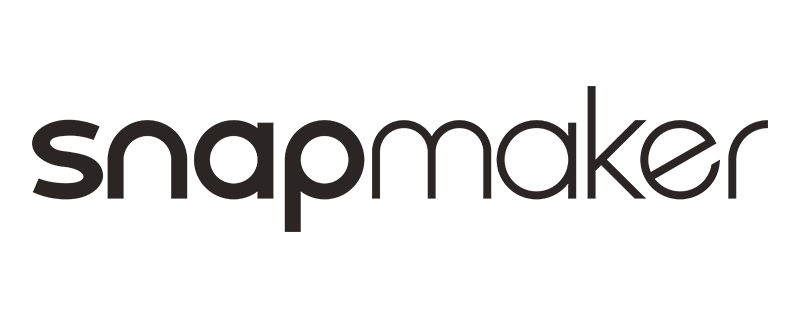
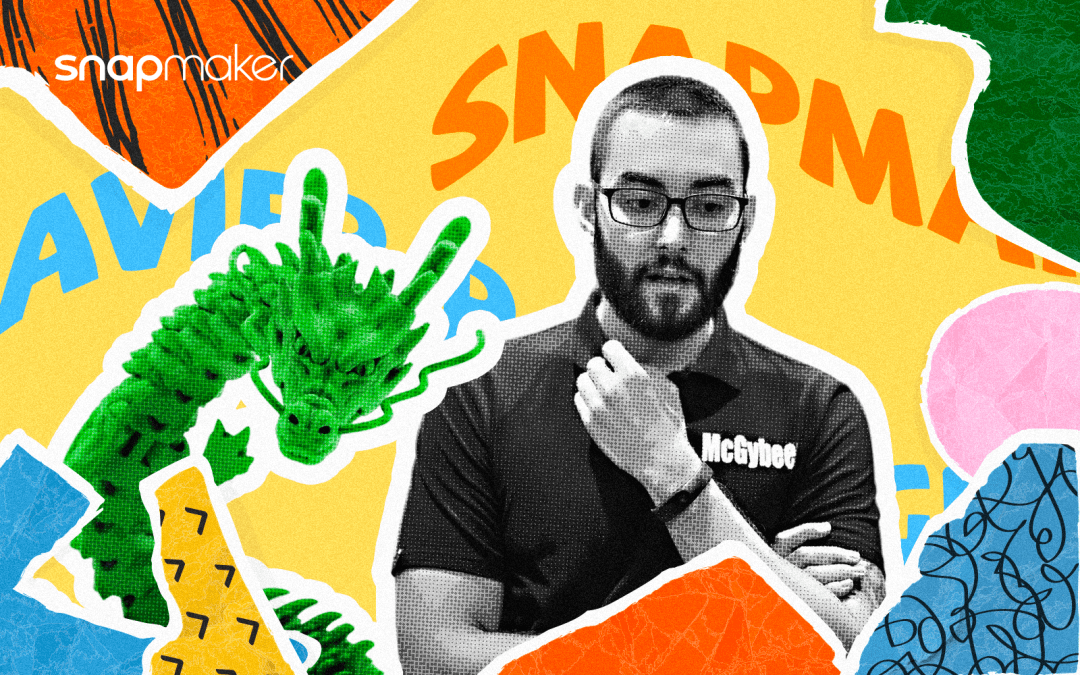
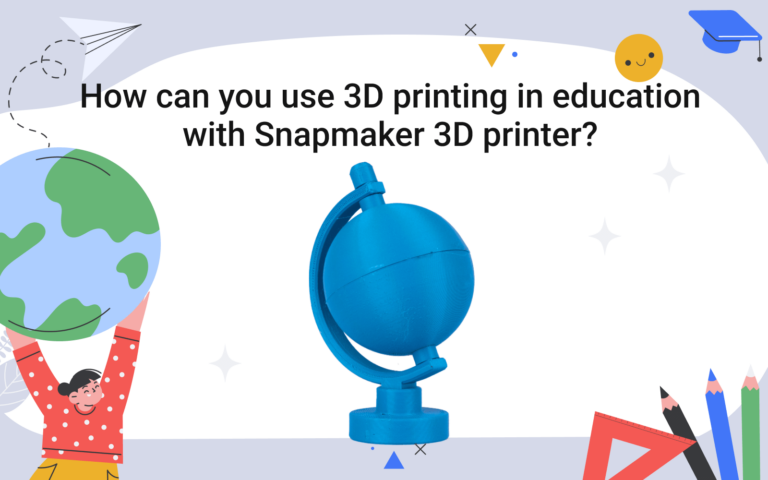
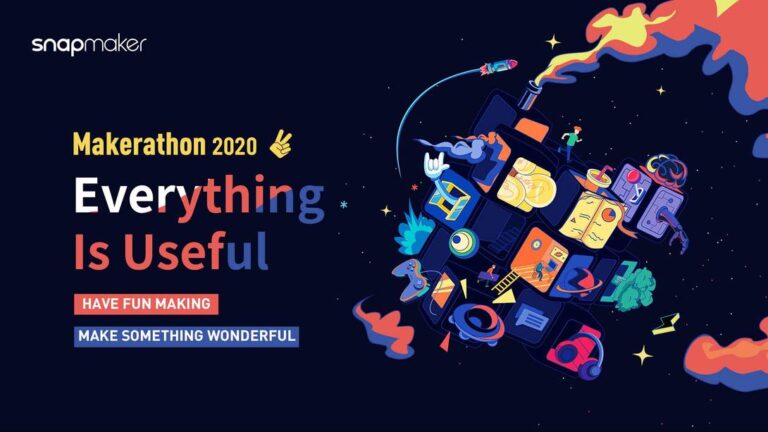
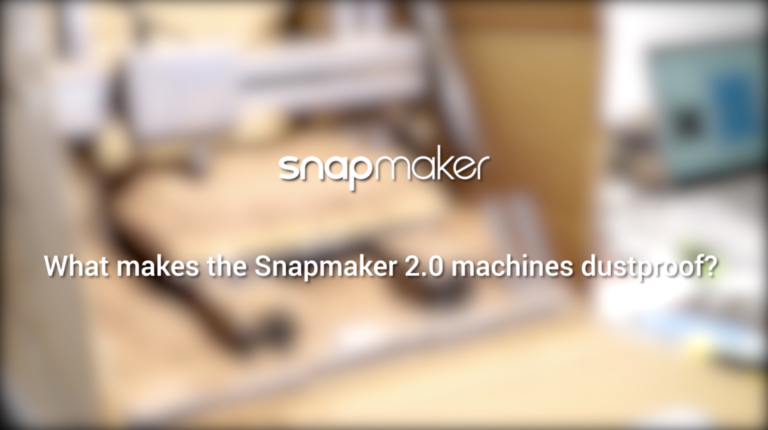
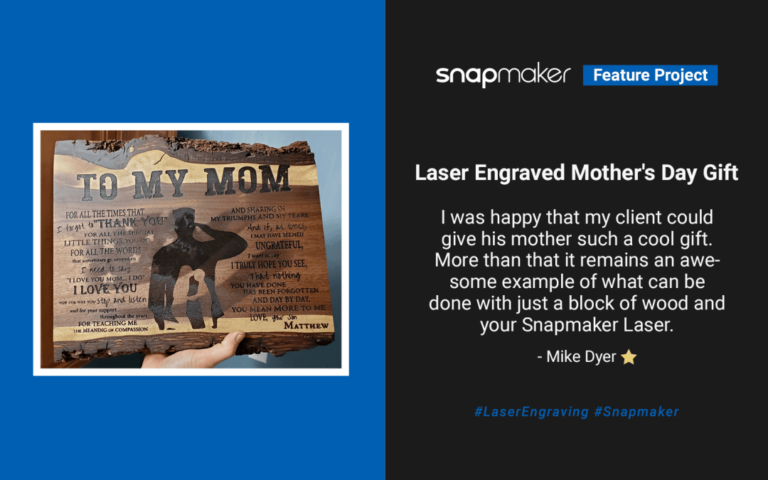
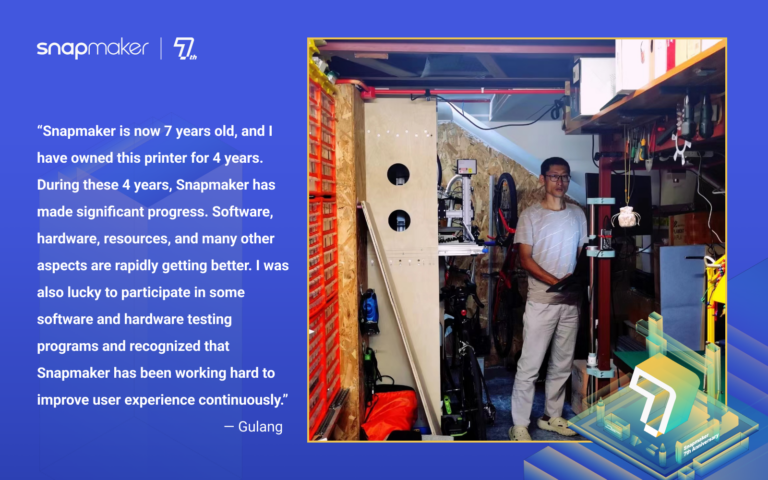
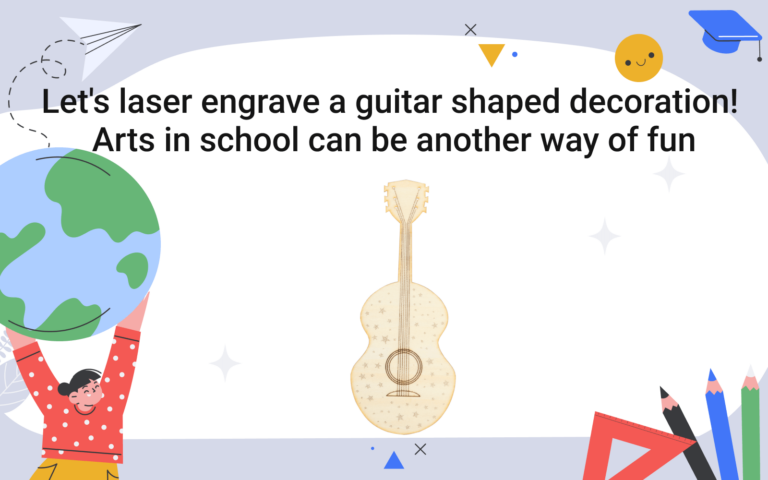
Conozco a Javier desde hace mucho en instagram y he visto de primera mano su dedicacion, constancia y crecimiento y para mi que soy maker es una verdadera inspiración! Si algun día piensa en hacer un curso de Blender sin dudas me apuntaría, y también recomendaciones de que hardware usar para modelar ya sea tableta grafica y ordenador seria genial, saludos desde Argentina
Glad to finally meet the man behind so many great designs, I love your work but haven’t yet been able to reproduce any, I’m still learning, Just keep them coming!